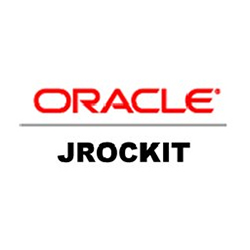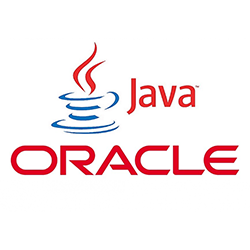11 Results
Found in 'All'
Oracle Cloud
Cloud computing serviceproviding servers, storage, network, applications and services.
Technology- cloud
- full-stack
- infrastructure
- microservices
- web
Oracle Solaris
Provides proven, enterprise-class security, reliability, and performance for SPARC and x86 systems.
Technology- oracle
- cloud
- infrastructure
- server-monitoring

Oracle JRockit
Automatically and intelligently monitor, analyze, and optimize the performance of your virtual machine.
Technology- application-monitoring
- full-stack
- java
- jvm
- runtime
- virtual-machine
Oracle WebLogic
Automatically and intelligently monitor, analyze, and optimize your application server and all applications deployed anywhere in your stack.
Technology- apm
- application-monitoring
- application-server
- full-stack
- jakarta-ee
- java
- JEE
- retail-commerce
- runtime-enviroment
- web
Oracle Database
Observe, analyze and optimize the usage, health and performance of your database
Extension- oracle
- database
- full-stack
- log-analytics
- logs
- monitoring
- performance

Oracle Hotspot VM
Automatically and intelligently monitor, analyze, and optimize the performance of your virtual machine.
Technology- application-monitoring
- full-stack
- java
- jvm
- runtime
- virtual-machine
Oracle HTTP Server
Web server component for Oracle Fusion Middleware.
Technology- oracle
- httpserver
- web
- web-server

Oracle Cloud Infrastructure
Monitor health and performance of the Oracle Cloud Infrastructure.
Extension- oracle
- cloud
- cloud-and-infrastructure
Remote Unix Monitoring 2.0
Extension that remotely collects Unix OS data by executing commands via SSH.
Extension- oracle
- 2.0
- Centos
- FreeBSD
- HP-UX
- linux
- MacOS
- RHEL
- Solaris
- suse
- Ubuntu

Databases
Contextualized view of databases for DBAs and app owners.
App- oracle
- application
- database
- db2
- hanadb
- mssql
- MySQL
- PostgreSQL
- saas

Custom Database Queries (deprecated)
Make generic databases queries and send the data to Dynatrace as metrics.
Extension- oracle
- custom
- database
- db
- db2
- extension
- generic
- hana
- informix
- monitoring
- mssql
- PostgreSQL
- queries
- sap

